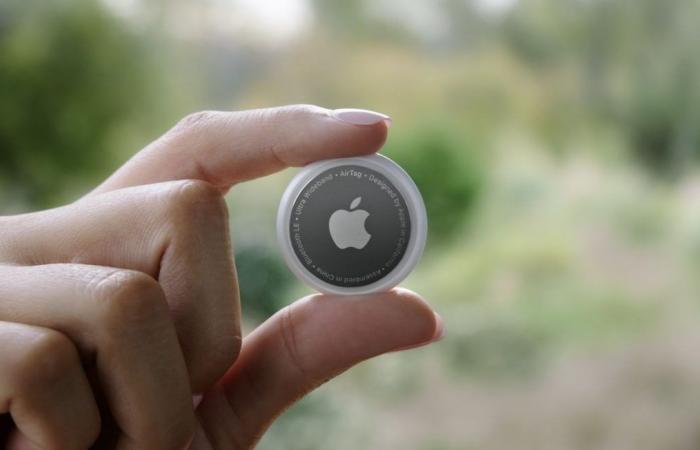We can be afraid of losing many things in life, from our keys to our pets. To help the most disorderly, Apple developed AirTags, keychain-shaped accessories that emit a Bluetooth signal that can be detected by nearby devices using the Find My network. But, if they are particularly suitable for objects, they would be much less suitable for a dog or a cat, explains the specialist site CNET.
Not always effective
Yet on the surface, the AirTag appears to be both a practical and affordable way to ensure you can always find your pet. The accessory costs 39 euros per unit, which is cheaper than most GPS collars for dogs or cats offered on the market or than a chipping operation. However, if Apple does not mention this possible use on its site, it is for several good reasons.
First of all, this system would be of little interest and limited effectiveness in the context of searching for a lost animal. “An AirTag has very limited tracking capabilities and accuracy in rural areas, which is exactly where you’ll need it most,” noted Maleki Burke, founder of Snootiful Hound, a company that makes escape-proof harnesses for greyhounds. To ensure accuracy, AirTags rely on other Apple devices nearby. However, these can be missing in the great outdoors.
A potential danger
Beyond that, attaching an AirTag to your dog or cat’s collar can also cause health problems for the animal. “There is a battery inside and if the dog or cat ingests it – which has been proven in several articles and reports published in our veterinary magazines – then we must carry out a surgical operation,” warned the Dr. Shannon Vawter, medical and veterinary director of Thrive Pet Healthcare Wedgewood in Nashville, Tennessee. This intervention can cost several thousand euros. If not done in time, the battery can even puncture the animal’s gastrointestinal tract.
To avoid these disappointments, it is best to stick to traditional methods for locating your four-legged companions. Chipping your pet first. This microchip is used to obtain information on the animal if it were lost and then found. Owners looking for an active means of tracking can also purchase a GPS collar, which is designed to be harder to bite and eat and rely on a more reliable method, namely the satellite network.






